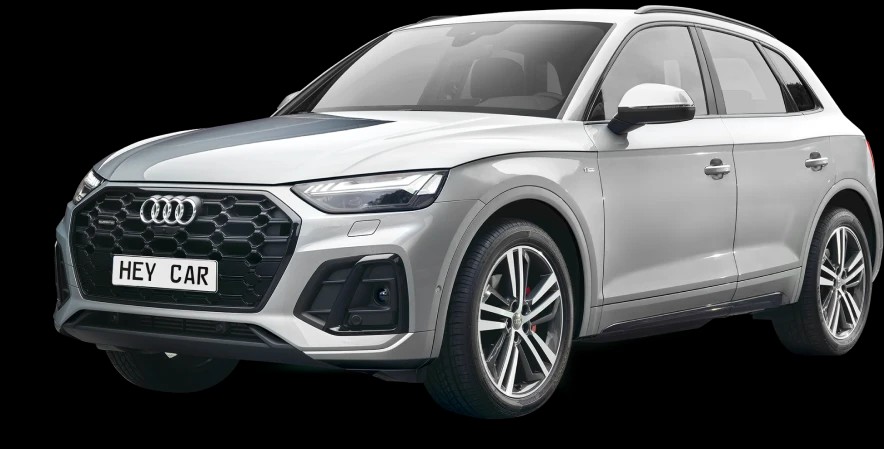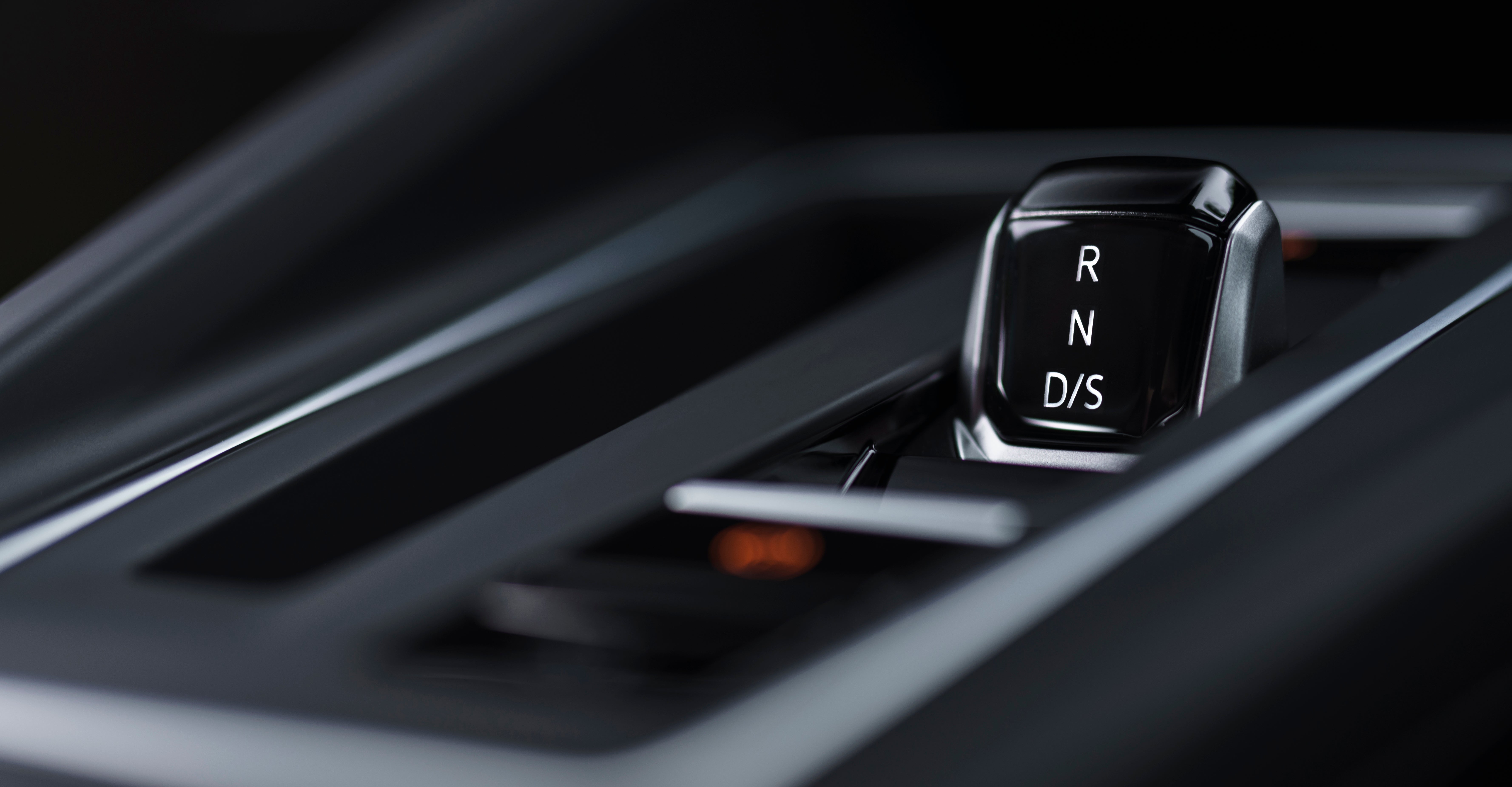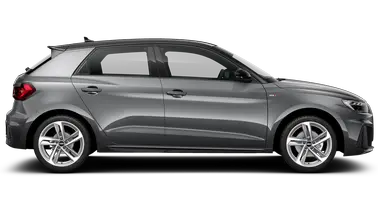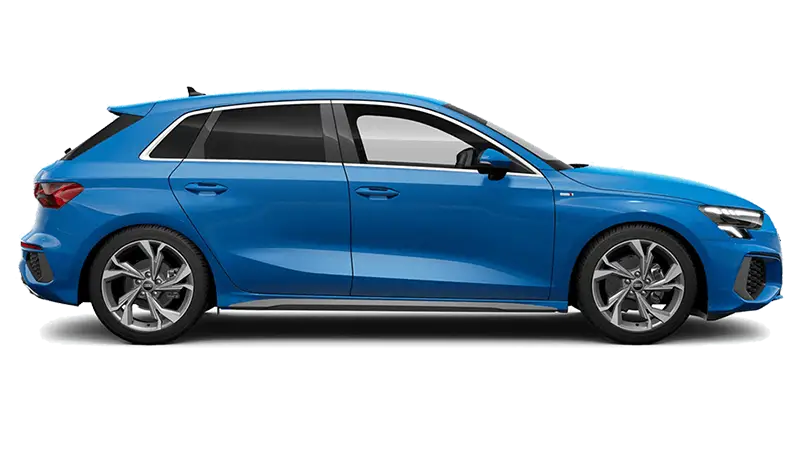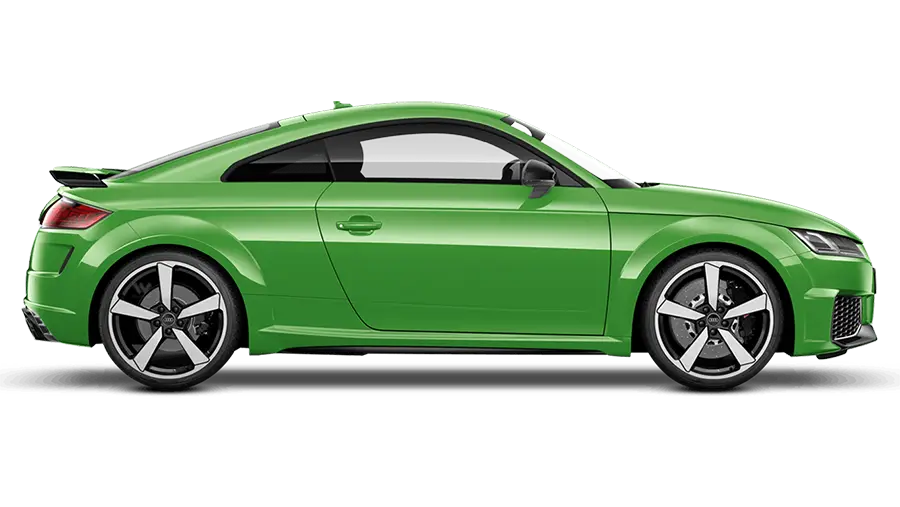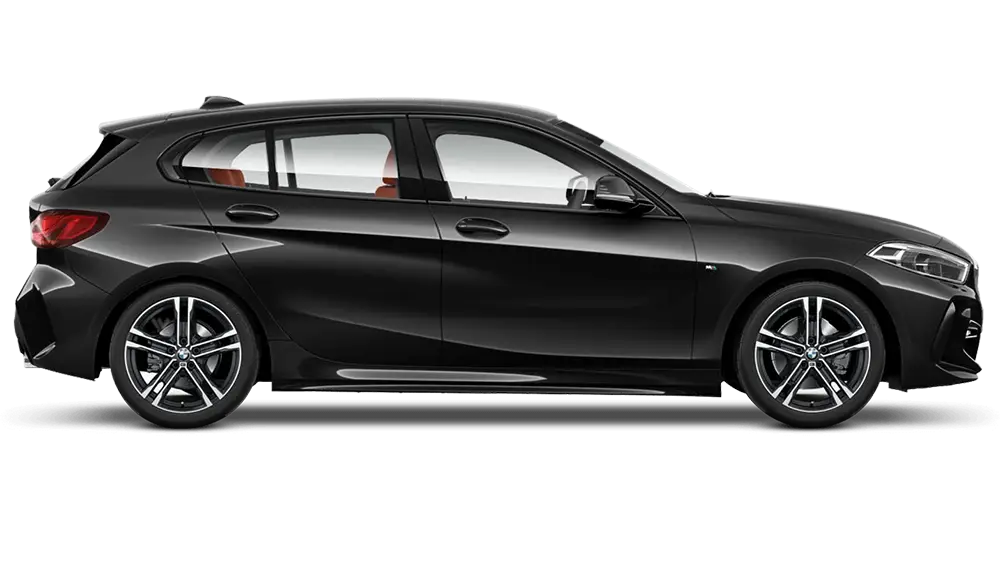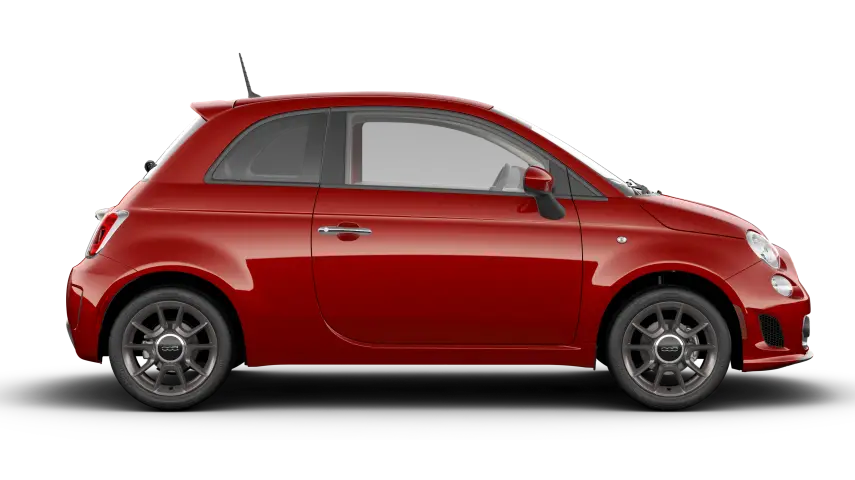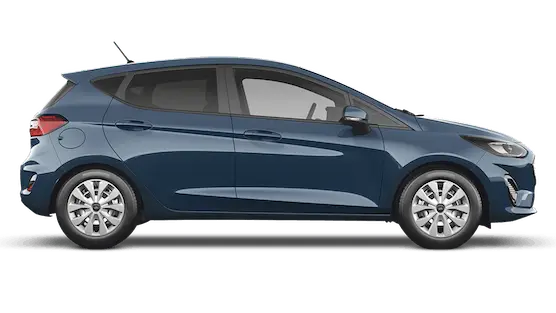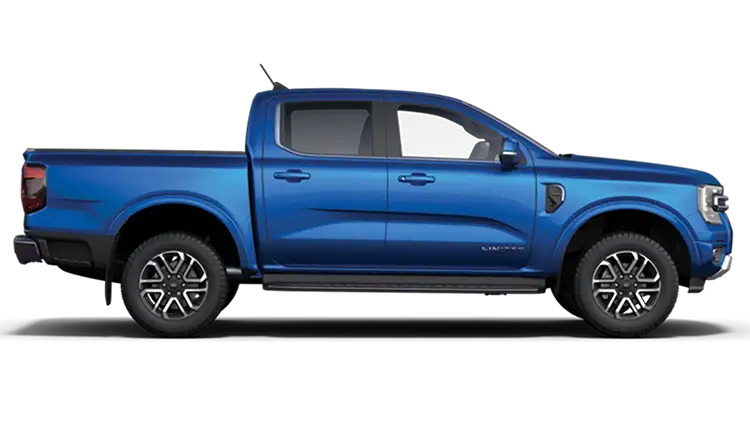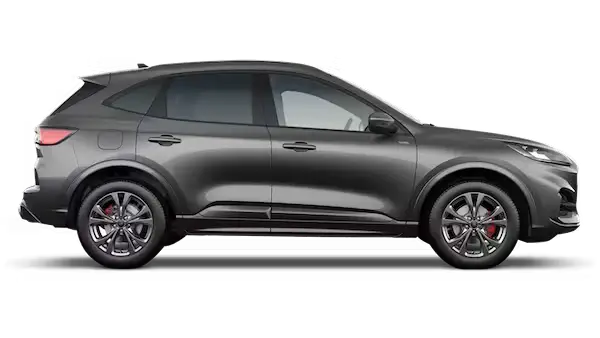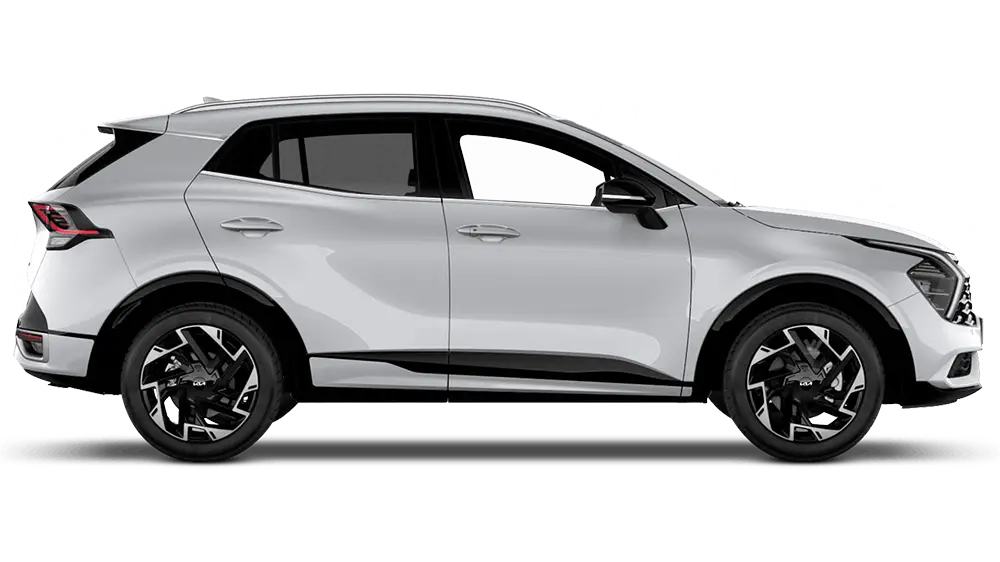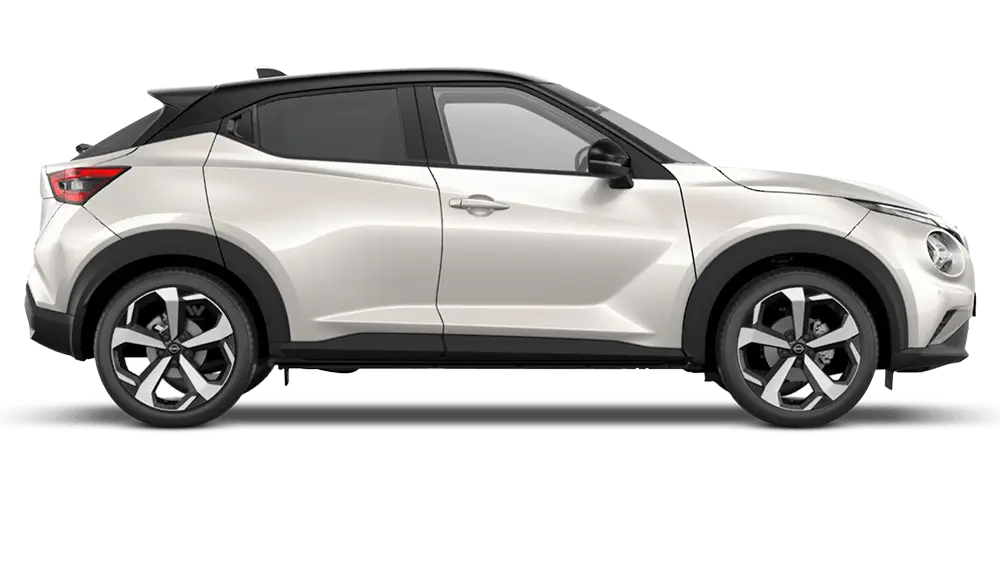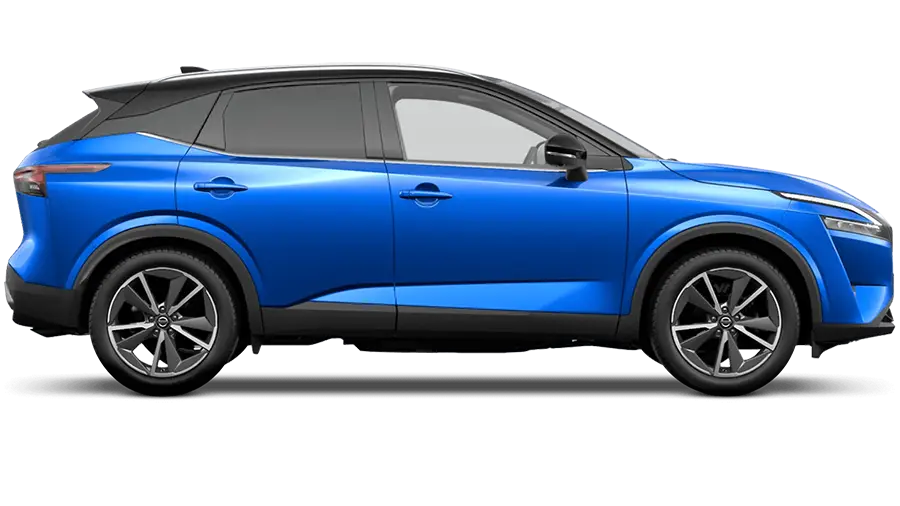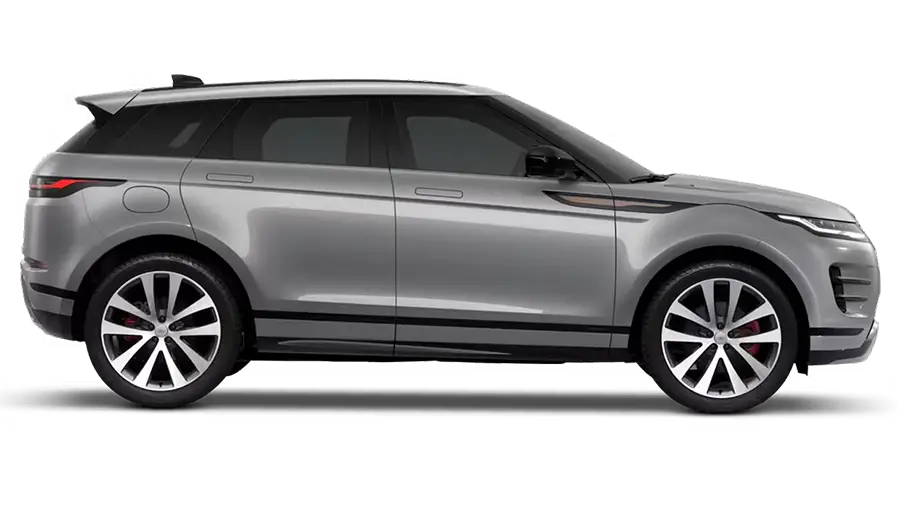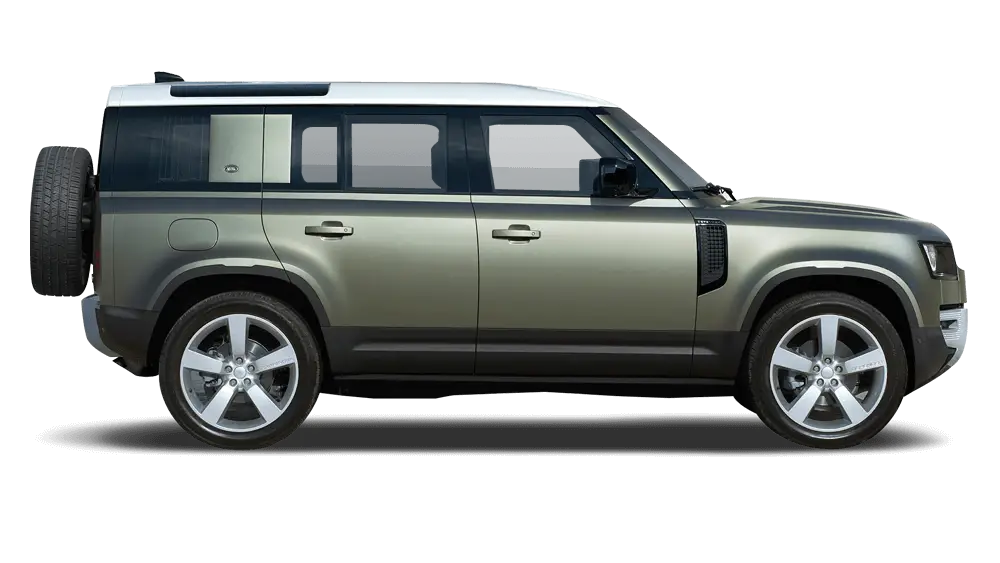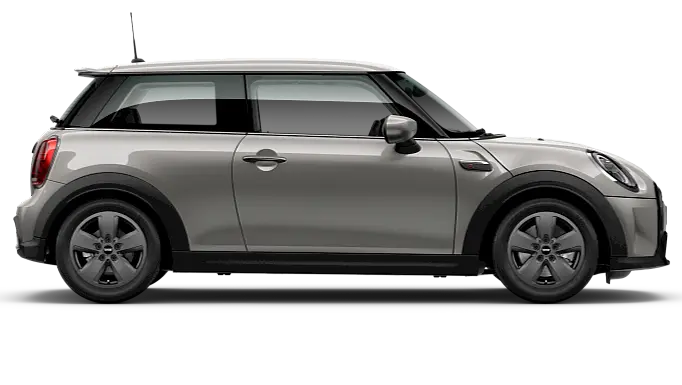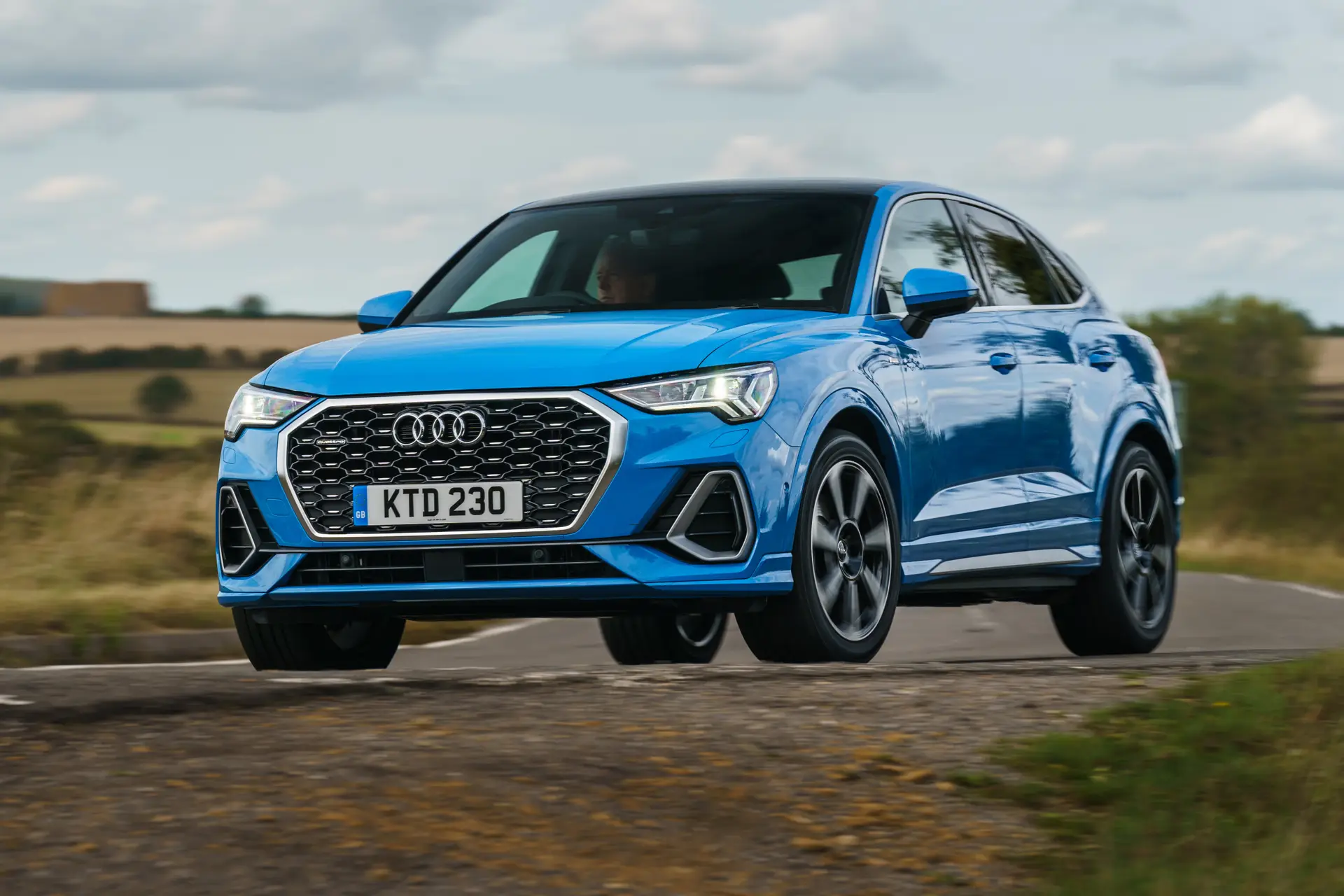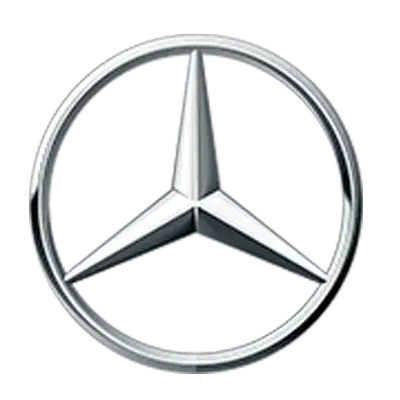Automatic cars for sale with heycar
There are more automatic cars for sale than ever before now. Car companies are reducing the number of manual cars they offer, with many new cars not offered with manual gearboxes at all. Automatic cars are becoming popular because they are easier and more relaxing to drive, while they also work better with modern technology such as self-driving functions and mild hybrid systems. What’s more, every new electric car is an automatic with no gears, while most hybrids are also automatic. Check out our guide to the best automatic cars to help get you started if you're unsure what used automatic car for sale is right for you.
Automatic cars vs manual cars
Most people buy a used automatic car because they see no need to change gear themselves. Drivers with busy commutes into towns and cities, or those who spend lots of time in traffic jams, find automatic cars much easier to drive.
The main difference between an automatic car and a manual car is that the driver of a manual car presses a peddle (the clutch) while manually changing the gears, using a gear-stick. Automatic cars change gears too, although they do it automatically. A manual car also has three pedals - the brake, the accelerator, and the clutch whereas an automatic just has two - the brake and the accelerator.
There was a time when even if you wanted an automatic gearbox they weren’t always available. Used automatic cars for sale were pretty much exclusive for buyers of posh executive cruisers. In contrast, owners of smaller motors had to learn how to change gears themselves, these are known as manual cars.
How do automatic cars work?
Rather than pushing in a clutch pedal and moving a stick to change gears, as you do in a manual, automatic cars just have a brake and accelerator. To start off in an auto car, you move the lever from P (Park), past R (Reverse) and N (Neutral), into D (for Drive).
Cars with manual gearboxes usually have a maximum of six forward gears. Automatic cars have up to nine gears. As a result of this, automatic cars can change into the most suitable gear for the current driving conditions. This makes some automatic cars slightly more economical than manuals.
There are various sorts of automatic gearbox, some very good, some not so great. The key to a good auto is that it should change gears smoothly when the driver needs it. And different car manufacturers have different methods on how to do that with their automatic cars.
The traditional auto is called a torque converter by car experts. This uses a fluid coupling between the engine and gearbox to transmit the power and there are now some brilliant torque converter gearboxes available on second hand automatic cars from the likes of BMW, Land Rover and Jaguar.
Then there are semi-automated gearboxes. Also known as robotised manuals, clutchless manuals or automated manuals, they feature a manual gearbox with the clutch pedal removed as the car does that bit of the process for you. This is one of the cheaper ways of making an automatic car as the technology is lightweight and simple to engineer, so small automatic cars for sale often use this system.
Now though you'll find a lot of automatic cars for sale feature dual-clutch (DSG) or CVT gearboxes.
What is a DSG gearbox?
DSG stands for Direct Shift Gearbox. It’s actually the name given to this type of gearbox by the Volkswagen Group but as theirs was the first it’s caught on and is now widely used. A more correct name is the double clutch gearbox, but in fact, this is a bit like two gearboxes in one.
The thinking behind it is that it’s quicker to change input shafts between the engine and gearbox than it is to swap gear cogs. So the DSG uses two clutches. One works with odd number gears, one with even. When you are in first gear, second is primed and ready. Change to second, third is primed and so on. The big advantage is changes can be lightning fast and super smooth at speed.
What is a CVT gearbox?
CVT stands for Continuously Variable Transmission and actually isn’t a gearbox at all. It’s easiest to imagine a rubber band between two pulleys. The ratio between these varies constantly depending on vehicle speed, engine speed and whether the driver is accelerating or braking.
As the CVT should always be in the correct ratio for the driving conditions, these gearboxes are economical. They’re also simple and cheap to maintain. But the CVT isn’t for keen drivers. When you accelerate hard it can feel like a regular gearbox with a slipping clutch. The engine is roaring away but you’re not getting anywhere as the pulleys struggle to keep up.
Cheap automatic cars
Second hand automatic cars tend to cost more than manual cars because of the additional engineering and parts required. However, you can still find cheap automatic cars for sale that won't break the bank. At heycar we have a huge selection of automatic cars for sale, including cheap second hand automatics.
- Cheap automatic cars under £10,000
- Cheap automatic cars under £15,000
- Cheap automatic cars under £20,000
What should I look for when buying a used automatic car?
When looking at used automatic cars for sale, make sure they have been serviced properly and on time with the manufacturer’s recommended intervals. This is because many automatic models have gearboxes that are more complex than manual cars, for example with dual-clutch gearboxes requiring fluid changes or checks. If you test drive an automatic car be sure to check it changes gear smoothly and doesn’t skip gears or hold onto them too long. If you’re looking at a used automatic car that has been used for towing, be aware that this can put increased strain on the engine and gearbox.
If you're not sure if a used automatic car is quite right for you, we've got 1000s of used cars for sale to suit all budgets and needs.
Browse by car type
Most popular cars for sale on heycar
Promotions
Most popular makes on heycar
Our customers say
Stay up to speed with great offers plus the latest car news and reviews
Keep me updated by email with the latest advice, news and offers from heycar.
By submitting you agree to our privacy policy